These 10 most popular historical places in Austria are your perfect starting point to uncover the country’s rich past. From imperial palaces to medieval fortresses, Austria offers a journey through centuries of remarkable architecture and cultural legacy. Whether you’re a history enthusiast or a curious traveller, these destinations reveal stories of empires, artistry, and enduring traditions. Each site stands as a proud testament to Austria’s place in European history. Explore the landmarks that shaped the nation, where every stone has a story and every corner echoes the grandeur of a bygone era!
10 Historical Places In Austria Worth A Visit
These 10 historical places in Austria are a rich experience of the country’s past and heritage.
1. Schönbrunn Palace
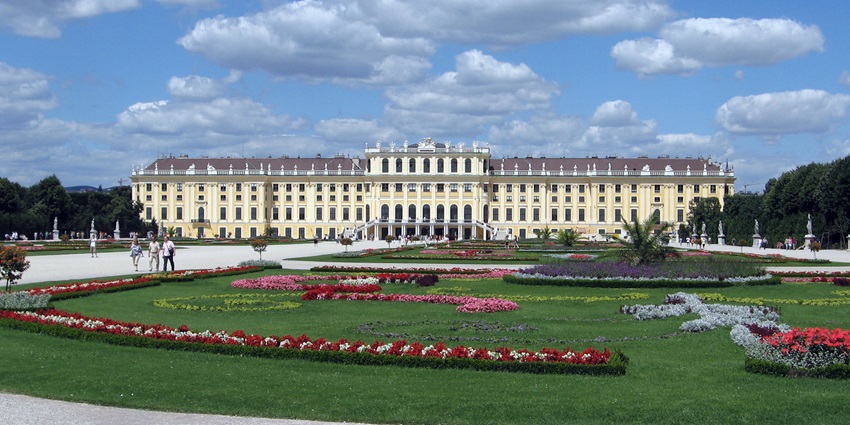
Photo: Gveret Tered / Wikimedia Commons
Schönbrunn Palace, a UNESCO World Heritage Site, stands as a testament to Austria’s imperial history. During the 18th century, Empress Maria Theresa converted the hunting lodge into a magnificent Baroque palace. The palace boasts 1,441 rooms, including the opulent Great Gallery and the Mirror Room, where Mozart performed as a child. Visitors can explore the Maze, Palm House, and the Desert House, each showcasing unique botanical collections.
Timings: 8 AM – 5 PM
Entry Fee: €22 / ₹1,980
Best Restaurants To Visit: Café Gloriette
Best Hotels To Stay: Austria Trend Parkhotel Schönbrunn
2. Hofburg Palace
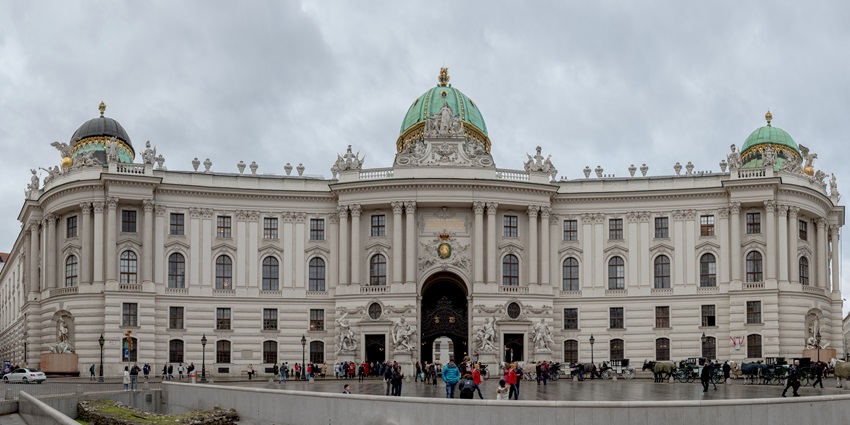
Photo: Diego Delso / Wikimedia Commons
The Hofburg Palace, located in Vienna’s centre, served as the principal imperial residence for over six centuries. It is one of the most popular historical sights in Austria. This vast complex encompasses various architectural styles, from Gothic to Baroque, reflecting its long history. Key attractions include the Imperial Apartments, the Sisi Museum, and the Imperial Silver Collection. The palace also houses the Austrian National Library and the Spanish Riding School. The Hofburg’s Chapel is renowned for the Vienna Boys’ Choir performances.
Timings: 9 AM – 5:30 PM
Entry Fee: €20 / ₹1,800
Best Restaurants To Visit: Café Central
Best Hotels To Stay: The Hotel Sacher Wien
3. Belvedere Palace
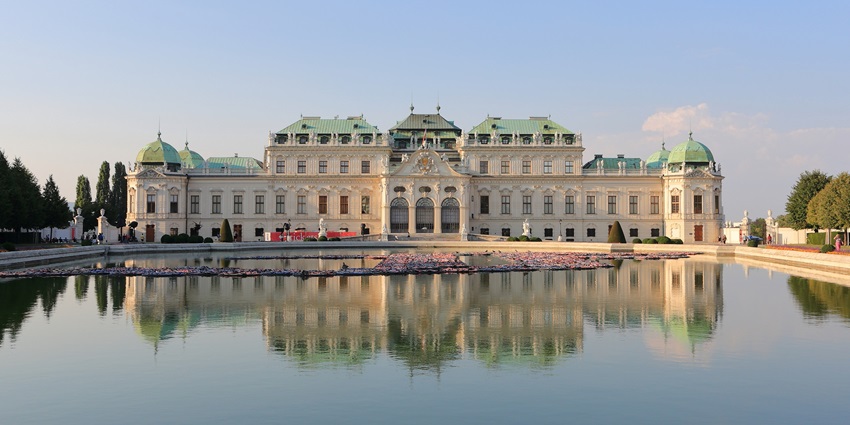
Photo: Martin Falbisoner / Wikimedia Commons
Belvedere Palace, a Baroque masterpiece, was commissioned by Prince Eugene of Savoy in the early 18th century. The Orangery, the Palace Stables, and the Upper and Lower Belvedere make up the complex. The Upper Belvedere houses an extensive art collection, including Gustav Klimt’s “The Kiss.” The Lower Belvedere showcases temporary exhibitions and the Marble Gallery. The palace gardens, adorned with fountains and sculptures, offer a serene environment for visitors.
Timings: 9 AM – 6 PM (Upper Belvedere) & 10 AM – 6 PM (Lower Belvedere)
Entry Fee: €19.50 / ₹1,755 (Upper Belvedere) & €16.50 / ₹1,485 (Lower Belvedere)
Best Restaurants To Visit: Salm Bräu
Best Hotels To Stay: Hotel Daniel Vienna
4. Melk Abbey
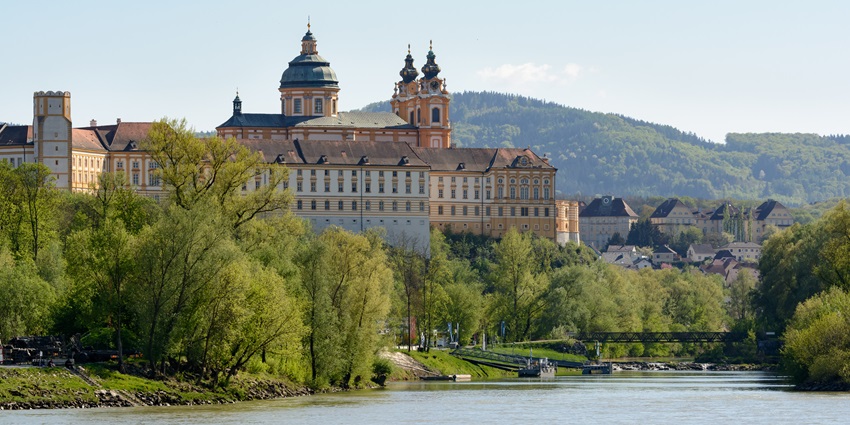
Photo: Uoaei1 / Wikimedia Commons
Melk Abbey is a Benedictine monastery that was established in 1089 and is situated above the Danube River. The current Baroque structure, completed in the early 18th century, features ornate frescoes and a grand library. The abbey church, with its impressive dome and altar, exemplifies Baroque artistry. The library houses over 100,000 volumes, including medieval manuscripts. Visitors can explore the Imperial Rooms and the Marble Hall, adorned with intricate stucco work. The abbey’s gardens provide a tranquil setting with views of the Wachau Valley.
Location: Melk, Lower Austria
Timings: 9 AM – 5:30 PM
Best Time To Visit: April – October
Entry Fee: €16 / ₹1,440
Best Restaurants To Visit: Rathauskeller Melk
Best Hotels To Stay: Hotel Restaurant zur Post
5. Hohenwerfen Castle
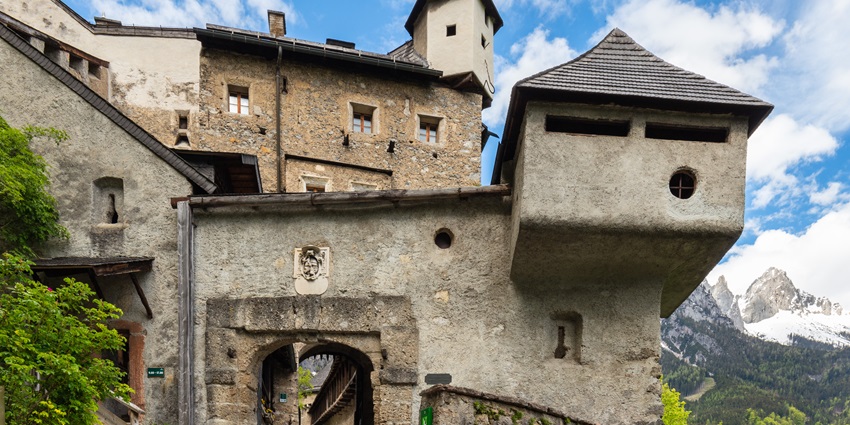
Photo: Diego Delso / Wikimedia Commons
Hohenwerfen Castle, overlooking the Salzach Valley, dates back to the 11th century. Initially built as a strategic fortress, it has served various roles, including a state prison. Guided tours of the castle’s history and architecture are available. Visitors can attend falconry demonstrations, reflecting medieval traditions. The castle’s museum displays weaponry and artefacts from its past. Seasonal events, such as medieval festivals, enhance the visitor experience.
Location: Werfen, Salzburg
Timings: 9 AM – 5 PM
Best Time To Visit: April – October
Entry Fee: €17.90 / ₹1,611
Best Restaurants To Visit: Restaurant Obauer
6. Kunsthistorisches Museum

Photo: Jorge Láscar / Wikimedia Commons
The Kunsthistorisches Museum in Vienna, established in 1891, houses the Habsburgs’ extensive art collections. Its galleries feature works by masters like Rembrandt, Vermeer, and Rubens. Mummies and ancient artefacts can be found in the museum’s Egyptian and Near Eastern Collection. In order to depict economic history, the Coin Cabinet displays coins from a variety of historical periods. The museum’s architecture, with its grand staircase and dome, is a work of art itself.
Timings: 10 AM – 6 PM
Entry Fee: €21 / ₹1,890
Best Hotels To Stay: Hotel Sans Souci Wien
7. Hohensalzburg Fortress
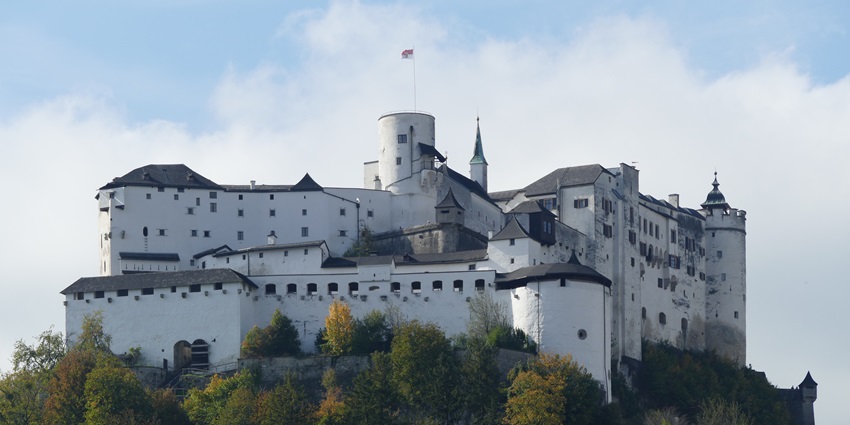
Photo: Andreas Stiasny / Wikimedia Commons
One of the biggest medieval castles in Europe that has been intact is Hohensalzburg Fortress, which dominates Salzburg. Constructed in 1077, it served as a stronghold for archbishops. The fortress features the Golden Hall and the Marionette Museum. Visitors can ascend via the Festungsbahn funicular railway. The fortress offers panoramic views of Salzburg and the Alps. Seasonal concerts and events are held within its walls. Its history and architecture make it a must-visit destination.
Location: Salzburg
Entry Fee: €18 / ₹1,620
Best Restaurants To Visit: St. Peter Stiftskulinarium
Best Hotels To Stay: Hotel Goldener Hirsch
8. Schloss Eggenberg
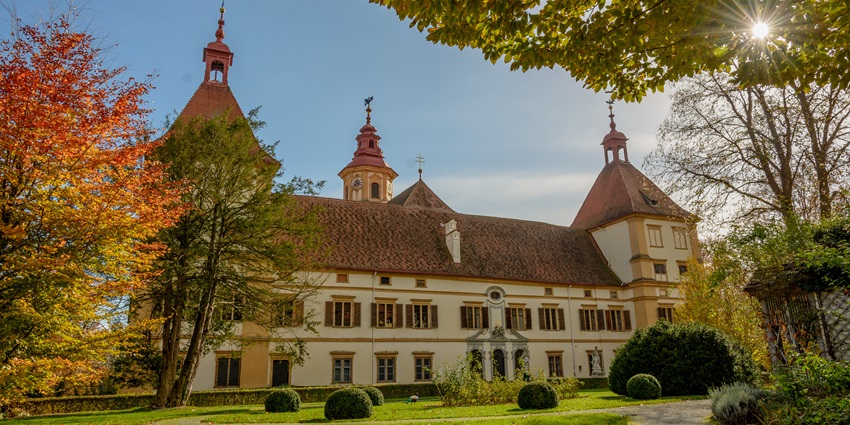
Photo: Henry Kellner / Wikimedia Commons
Schloss Eggenberg in Graz is a Baroque palace symbolising the universe’s harmony. Commissioned in the 17th century, its design incorporates astronomical and calendrical symbolism. The palace contains 365 windows, 52 doors, and 24 state rooms, reflecting time’s passage. The Planetary Room features ceiling paintings representing the planets. With their ancient trees and peacocks, the palace grounds provide a tranquil haven. Schloss Eggenberg is part of the UNESCO World Heritage Site of Graz’s historic centre.
Location: Graz
Timings: 10 AM – 5 PM
Best Time To Visit: April – October
Entry Fee: €9.50 / ₹855
Best Restaurants To Visit: Restaurant Schlossberg
Best Hotels To Stay: Hotel Wiesler
9. Kremsmünster Abbey
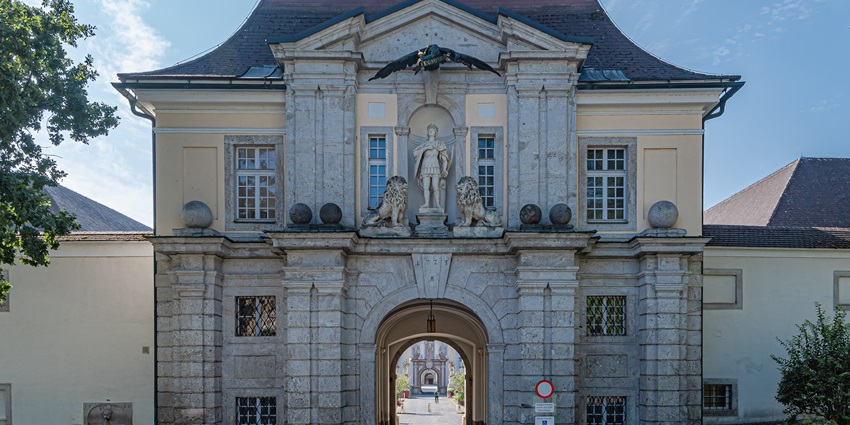
Photo: Isiwal / Wikimedia Commons
Founded in 777, Kremsmünster Abbey is a Benedictine monastery with a rich history. The abbey church, remodelled in the Baroque style, features a notable high altar. The Codex Millenarius is among the roughly 160,000 volumes in its library. The Mathematical Tower, built in the 18th century, served as an observatory. The abbey’s art collection includes paintings, sculptures, and liturgical objects. Guided tours provide insights into monastic life and the abbey’s contributions to science and education.
Location: Kremsmünster, Upper Austria
Entry Fee: €11 / ₹990
Best Restaurants To Visit: Gasthaus Pree
Best Hotels To Stay: Hotel Schlair
10. St. Stephen’s Cathedral
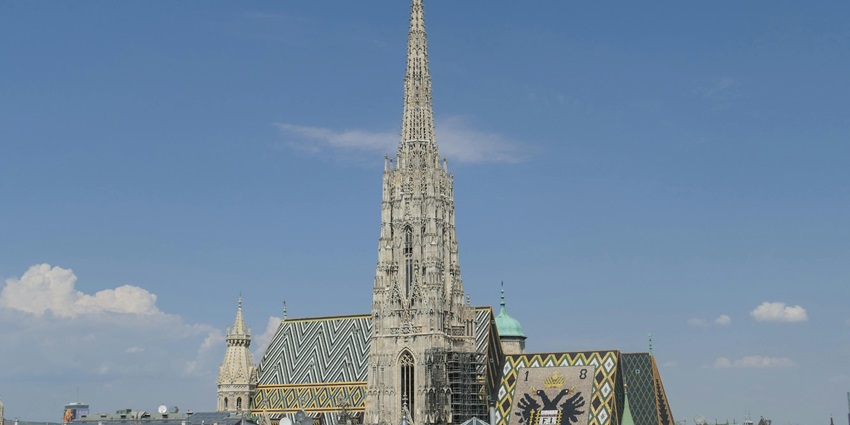
Photo: Westafrikan Koffi / Pexels / Image For Representation Only
St. Stephen’s Cathedral, located in Vienna’s heart, is a Gothic masterpiece. Its south tower, standing at 136 meters, dominates the city’s skyline. The cathedral’s roof, adorned with colourful tiles, displays the Austrian eagle. Inside, visitors can admire the High Altar and the pulpit crafted by Anton Pilgram. The remains of bishops and plague victims are interred in the catacombs beneath the cathedral. There are expansive views of Vienna from the top of the tower.
Timings: 6 AM – 10 PM(Monday–Saturday) & 7 AM – 10 PM (Sunday)
Best Restaurants To Visit: Figlmüller.
Best Hotels To Stay: Hotel Am Stephansplatz
Austria’s rich past is beautifully preserved in its castles, palaces, abbeys, and museums. From the grandeur of Schönbrunn Palace to the timeless charm of Melk Abbey, each site tells a story that spans centuries. Whether you’re drawn to Baroque beauty, medieval strongholds, or vibrant city landmarks, these historical places in Austria offer something unforgettable for every traveller. Start planning your Austrian adventure, steeped in history today, with TripXL!
Cover Photo: Mattsjc / Wikimedia Commons


 WhatsApp
WhatsApp
 Twitter
Twitter









